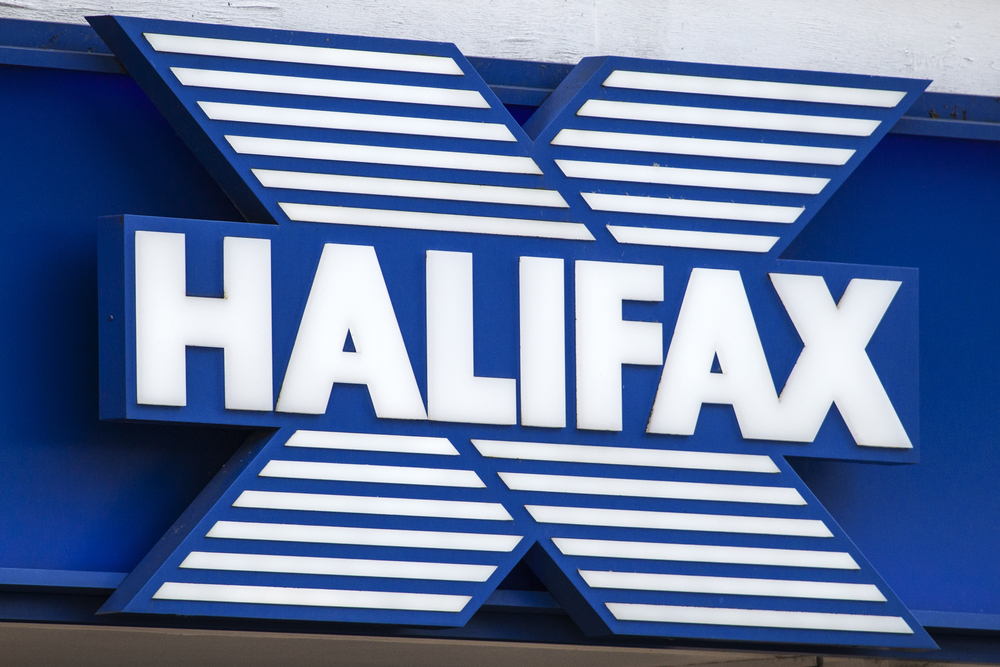
Annual rate of house price growth remained stable in March at 3.9%, unchanged from February
Northern Ireland remained the top performing area, with annual price growth accelerating to 13.5%
The London weakest performing region, with 1.9% year-on-year rise.
Commenting on the figures, Nationwide’s chief economist Robert Gardner said: “There was no change in prices month-on-month, after taking account of seasonal effects. These price trends are unsurprising, given the end of the stamp duty holiday at the end of March (transactions associated with mortgage approvals made in March, especially toward the end of the month, would be unlikely to complete before the deadline).
“Indeed, the market is likely to remain a little soft in the coming months since activity will have been brought forward to avoid the additional tax obligations – a pattern typically observed in the wake of the end of stamp duty holidays.
He added: “Nevertheless, activity is likely to pick up steadily as the summer progresses, despite wider economic uncertainties in the global economy, since underlying conditions for potential home buyers in the UK remain supportive.”
OneDome chief executive Babek Ismayil pointed out that the property market’s hot streak came to an end in March.
“The levelling out follows six months of growth which had been fuelled by the rush to beat today’s stamp duty deadline.
“With the stamp duty holiday now coming to an end, we are likely to see prices stabilise in the coming months as buyers take stock of the market.
“However, if inflation remains close to the Bank of England’s 2% target, then further rate cuts by the Bank of England are likely, which may help to stimulate buying activity.
“House price growth in areas of northern England continues to outpace the rest of the country, with quarterly house price growth slowing to 1.9% in London where affordability remains most stretched.”
Fine & Country manging director Jonathan Handford commented: “It’s no surprise that this stability persists, as homebuyers rushed to complete purchases before the April tax changes took effect, particularly the reduction in the stamp duty threshold.
“However, with this key deadline now passed, attention turns to whether the market can sustain its current momentum or if we will see a price dip in the following months.
“Despite inflation unexpectedly falling to 2.8% in February, and the Bank of England’s decision to lower interest rates to 4.5%, affordability concerns remain a barrier for many prospective buyers. With inflation still above the Government’s 2% target, the base rate remained unchanged in March — dashing hopes for a further cut.”
Garrington Property Finders chief executive Jonathan Hopper said that with the distorting effects of the brief ‘Stamp Duty Stampede’ over, property prices were once again being driven by the fundamentals of demand and supply.
“The blunt truth is that demand is greater than supply in several parts of the UK where buyers perceive that they can get more for their money.
“Meanwhile in many more expensive, and often highly desirable, areas a flood of supply has given buyers huge choice and negotiating power – and this has kept price inflation down.
“This is why average prices in Northern Ireland surged seven times faster over the past year than they did in London. Within England, the north-south divide is getting wider with average prices in the north growing twice as fast as they are in the south. Prices will never equalise between the two but a subtle rebalancing is underway.”



